Iconic buildings are likely to be as well-known (or in many cases, better known) for their nicknames, as they are for their architectural design, and often it's their design that inspires the nicknames they're given. In fact, it seems that as soon as work on a new building wraps up, a new nickname isn't far behind.
Below is a series of funky illustrated postcards created by Aspire Doors that depict some of the world’s most famous buildings as they are best known – by their nicknames.
https://www.aspire-doors.co.uk/blog/nicknames-for-buildings-around-the-world-illustrated/

The distinctive SECC complex in Glasgow was originally known as the Clyde Auditorium. However, it soon became so widely known as “The Armadillo” that its name was officially changed.
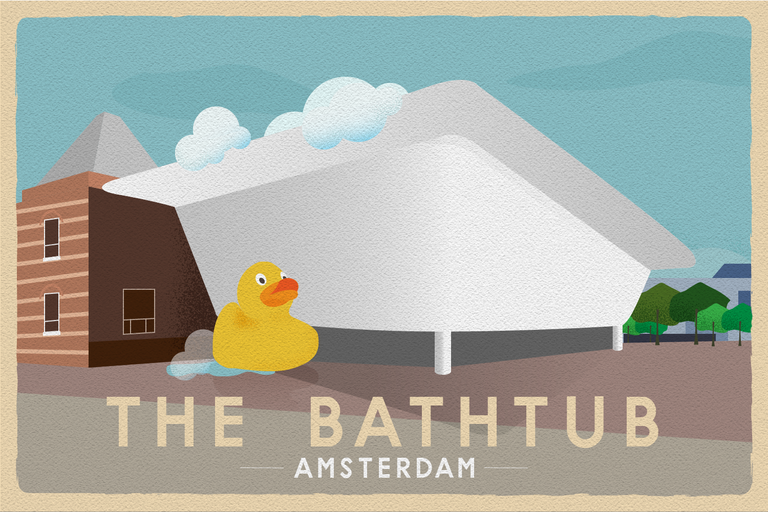
The Stedelijk Museum in Amsterdam earned the rather unfortunate nickname “The Bathtub” long before completion, and if you've encounted it, it’s easy to see why – this unusual construction bears a rather striking resemblance to a 100,000 square foot bath. And nobody’s really sure why. The museums lead architect, Mels Crouwel states the design is a “nod to the old Stedelijk’s white rooms”, but that answer does little to explain its uncanny resemblance to a giant tub.
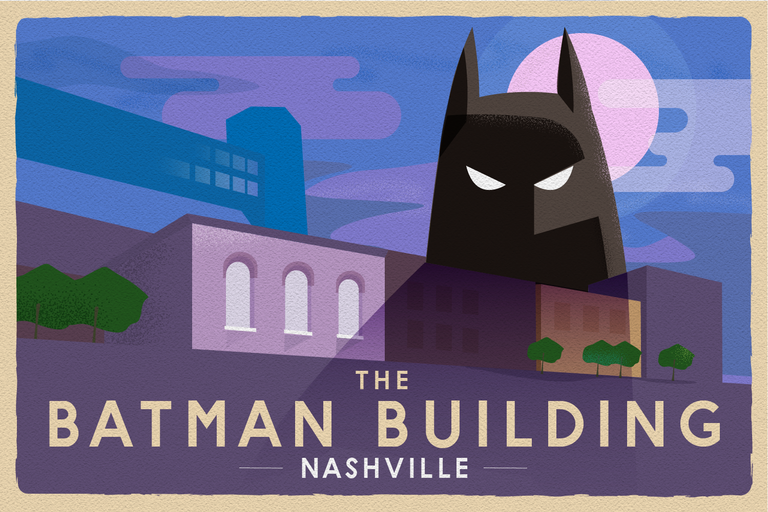
Possibly one of the coolest buildings, the 33 storey AT&T building in Nashville is not only the tallest in the city; it’s the tallest building in the whole state of Tennessee. It earned the nickname “The Batman Building” thanks to its uncanny likeness to Batman’s famous mask.
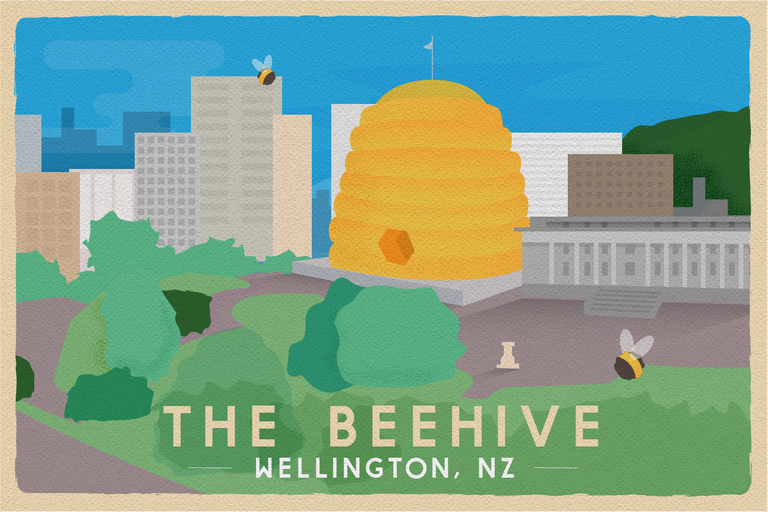
Few people hold the brutalist architecture of the 60s and 70s in high regard. In fact, buildings from the period are generally reviled, and are often pulled down and replaced. "The Beehive" in Wellington, New Zealand might just be an exception. It was built in stages, starting in 1969 until it was finally completed 10 years later, in 1979. It serves as the Executive Wing of the New Zealand Parliament buildings, and gained its name thanks to its rather unmistakable shape, which is akin to the type of beehive known as a “skep”.
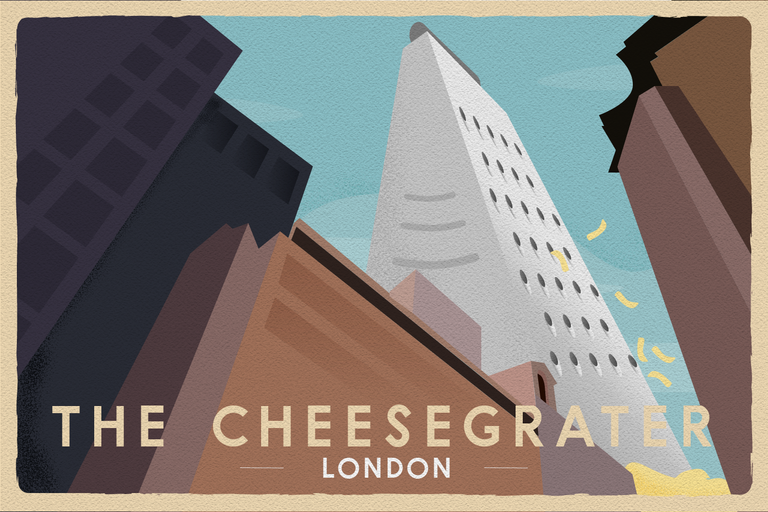
The impressive Leadenhall Building sits in the heart of London's financial district, offering 48 floors of commercial space. Relatively new, with completion in 2014, it gained the nickname "The Cheesegrater" almost immediately when the Chief Planning Officer, Peter Rees, saw the scale model and declared that he could “imagine his wife using it to grate Parmesan”.

Another distinctive building in London’s financial district, "The Gherkin" (formerly known as the Swiss Re Tower) secured the accolade of being the UK’s most recognisable building nickname in 2015. The building houses 33 floors of offices but is also open to the public, with a number of venues at which you can eat, drink and enjoy the view.
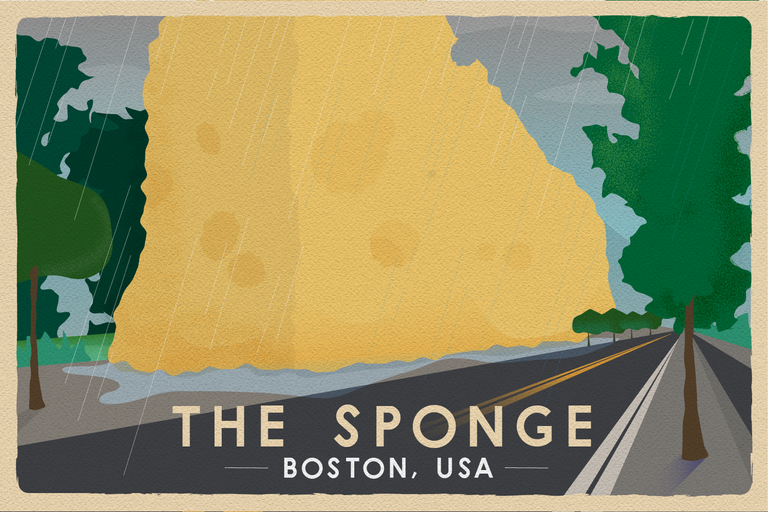
"The Sponge" is the unofficial name for Simmons Hall – a state-of-the-art halls of residence located on the grounds of The Massachusetts Institute of Technology (MIT). The sponge-like effect is thanks to the thousands of two foot square windows that cover the building which from a distance, create an effect not unlike the holes on a sponge. Something that designer Steven Holl set out to achieve when he was commissioned to work on the building in the late 90's.
https://www.aspire-doors.co.uk/blog/nicknames-for-buildings-around-the-world-illustrated/
Congratulations @amyh! You received a personal award!
You can view your badges on your Steem Board and compare to others on the Steem Ranking
Vote for @Steemitboard as a witness to get one more award and increased upvotes!